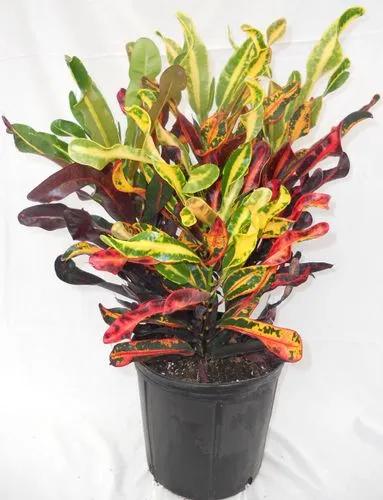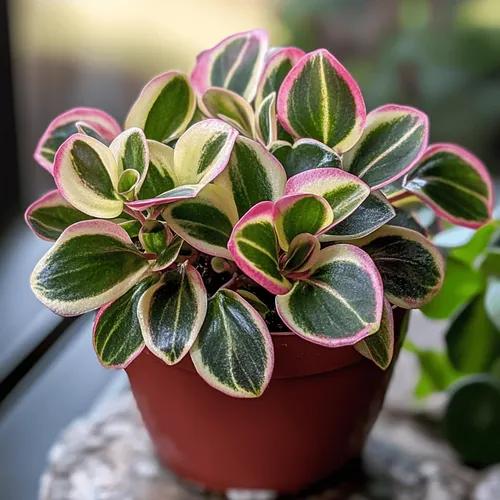Dieffenbachia lumina is a captivating indoor plant renowned for its distinctive foliage. This exotic greenie would add a glimmer of vibrancy to any indoor space, making it a popular choice among plant enthusiasts around the world.
Dieffenbachia lumina Care
Dieffenbachia lumina



Commonly known as Dieffenbachia Starbright or Dumb Cane 'Lumina', Dieffenbachia lumina is an evergreen member of the Araceae family. Native to Brazil, this plant is cherished for its lush foliage growing in an upright habit. The leaves have elongated form and are broader at the base and taper at the tip. The foliage is light green in color with occasional dark green stripes. Despite its vibrant appearance, this plant is toxic to humans and pets.
How to Care for the Plant

Water

As a tropical plant, Dieffenbachia lumina prefers slightly moist soil. Give your greenie a drink when the top 2 in (5 cm) of ground feel dry to the touch. Make sure not to waterlog the plant. It’s recommended to water it twice a week during the hot summer months and reduce hydration to once a week in winter.

Pruning

Early spring is the best time to prune your Dieffenbachia Starbright. Remove all the damaged and dense foliage to promote healthy growth and improve air circulation around the plant.

Fertilizer

It’s recommended to nourish Dumb Cane 'Lumina' with all-purpose 3-2-1 NPK fertilizer once a month during the spring-summer growing season. Dilute fertilizer to the half-recommended dose and feed the plant. Avoid fertilizing in fall and winter.

Sunlight

Dumb Cane 'Lumina' grows best in a bright place with indirect sunlight. Keep the greenie in a shaded location with filtered light away from direct sunlight. Full sun exposure can damage delicate leaf tissue.

Soil

A slightly acidic growing medium with 5.5-6.5 pH range would be the most beneficial for this plant. Dieffenbachia Lumina grows best in a well-draining, rich in organic matter soil. Mixing some perlite and sand into a regular potting mix will help to improve aeration.

Propagation

The most popular method to propagate Dieffenbachia lumina is stem cuttings. Take a 4-6 in (10-15 cm) long cutting and remove the lover leaves. Remember to cut under the node. Put the cutting into a glass with room temperature water and change this water every 3 days until roots emerge. Plant the enrooted Dieffenbachia into a well-draining soil afterward.

Temperature

Dumb Cane 'Lumina' feels best in a 60-80°F (16-27°C) temperature range. Make sure not to expose the plant to severe temperature fluctuations. It’s also recommended to practice regular misting, as Dieffenbachias enjoy a higher humidity level at around 60-70%.

Container

It’s recommended to choose a container that would fully accommodate the plant’s root system and allow some room for growth. Opt for a pot that is 2-3 times larger than the plant’s root ball and contains drainage holes.

Fun fact

Dieffenbachia Starbright is known for its air-purifying abilities. This plant is highly effective in absorbing carbon dioxide from the air.

Popularity

116 people already have this plant 20 people have added this plant to their wishlists
Discover more plants with the list below
Popular articles






